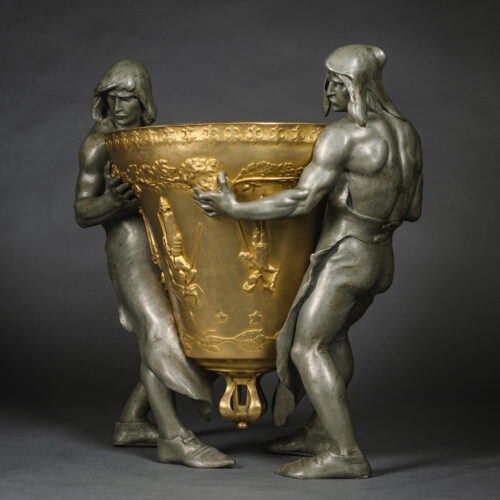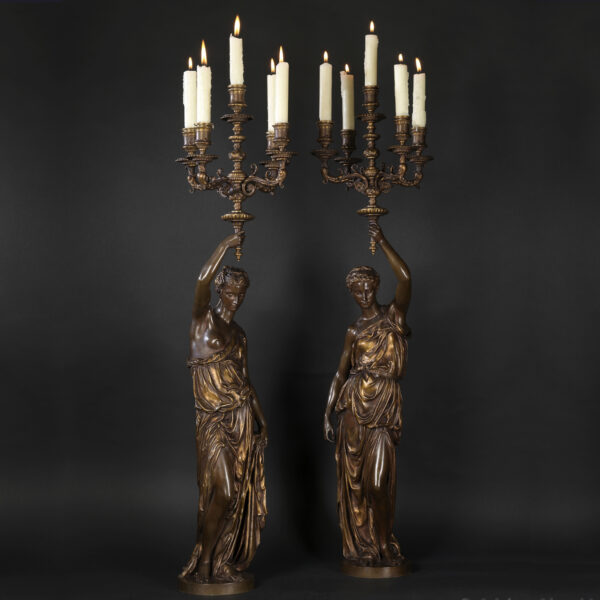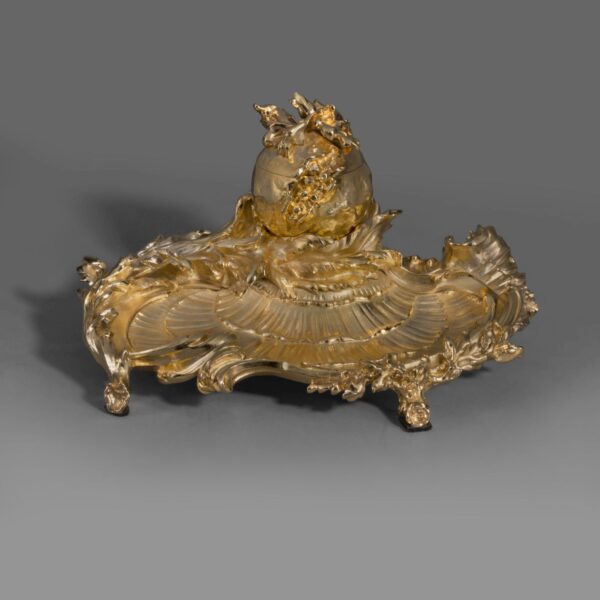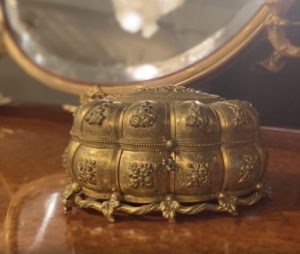Maison Beurdeley
A Pair of Louis XVI Style Gilt-Bronze and Polished Steel Candlesticks
£6,500
A Pair of Louis XVI Style Gilt-Bronze and Polished Steel Candlesticks By Emmanuel-Alfred (dit Alfred II) Beurdeley. Each modelled as a bacchic putto...
Dimensions
Height: 25 cm (10 in)Width: 9 cm (4 in)
Depth: 9 cm (4 in)
Description
A Pair of Louis XVI Style Gilt-Bronze and Polished Steel Candlesticks By Emmanuel-Alfred (dit Alfred II) Beurdeley.
Each modelled as a bacchic putto standing on a tambourine holding atop his head a basket of fruit concealing a candle nozzle. The circular spreading base of polished steel above a band of beads and stiff-leaf foot.
France, Circa 1880.
Compare a pair of candlesticks illustrated in C. Mestdagh, L’Ameublement d’art français 1850-1900, , Les éditions de l’Amateur, Paris, 2010, p. 275 (fig. 324). A pair of identical candlesticks belonging to the Beurdeley collection were sold on 16 May 1979 (Ribault-Menetiere-Lenormand, Palais d’Orsay, lot n°22).
Date
Circa 1880
Origin
France
Medium
Gilt-Bronze
Signature
Stamped 'BY' for Beurdeley
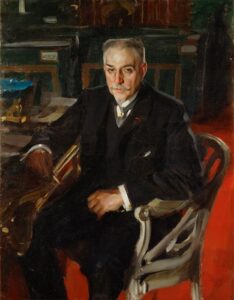
Emmanuel-Alfred (dit Alfred II) Beurdeley (1847-1919)
The Beurdeley family were a flourishing dynasty of three generations of fine quality cabinetmakers working from 1818 to 1895. The firm was particularly well known for its exceptional metalwork, most commonly basing their designs on important eighteenth century examples. Their mercurial gilding and hand chasing are often of such a high standard that it is difficult to distinguish them from late eighteenth century work.
The founder of the dynasty Jean Beurdeley (1772-1853) was a Burgundian craftsman conscripted into the Napoleonic army. After hostilities ended in 1815 he settled in Paris opening a shop for curiosités and working as a latter day marchand mercier. Initially based on the rue Saint-Honoré, in 1840 Beurdeley moved to the famous Hanover Pavilion situated on the corner of rue Louis-Legrand and boulevard des Italiens, and the business was run by his only surviving son, Louis-Auguste-Alfred (1808-1882). This successful business, which had numerous official commissions including in 1853 the marriage coffer for the Empress Eugénie, was continued by Louis’ son, Alfred-Emmanuel-Louis (1847-1919).
The business continued in its traditional style with very few variations until 1895. Alfred, along with the most famous artists of the period, took part in the 1878 Paris Exposition Universelle where he won the gold medal. Following on from this glory, he went on to open a shop in New York.
His participation in the 1883 Amsterdam Universal Exhibition drew even further attention to his work, and possibly as a result he was awarded the Ordre National de la Légion d’Honneur, France’s highest official mark of recognition.
The incredible quality of each generation’s work ranked the firm of Beurdeley as pre-eminent amongst Parisian makers of meubles de luxe.
Bibliography:
Ledoux – Lebard, Denise. Les Ébénistes du XIXe siècle, Les Editions de L’Amateur, (Paris), 1984; pp. 75-82.
Mestdagh, Camille & Lécoules, Pierre. L’Ameublement d’Art Français, 1850-1900, Les Editions de L’Amateur, (Paris), 2010; pp.262-276.
Meyer, Jonathan. Great Exhibitions – London, New York, Paris, Philadelphia, 1851-1900, Antique Collectors’ Club, (Woodbridge, UK), 1984 ; pps. 175, 247, 269, 270, 290, 298.
Collection Pierre Lecoules, Paris.
C. Mestdagh, L’Ameublement d’art français 1850-1900, Les éditions de l’Amateur, Paris, 2010, p. 275 (fig. 324).
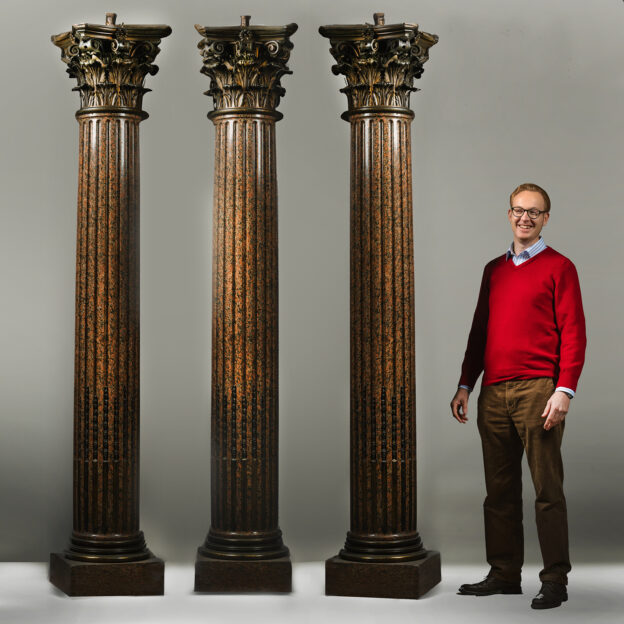




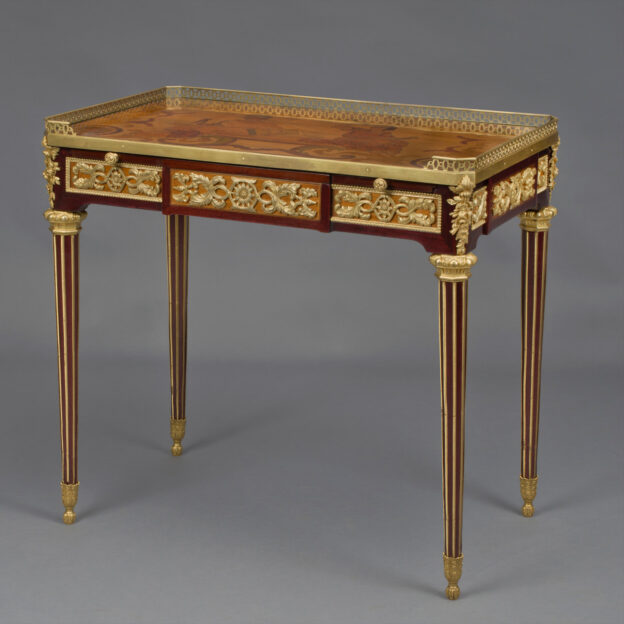
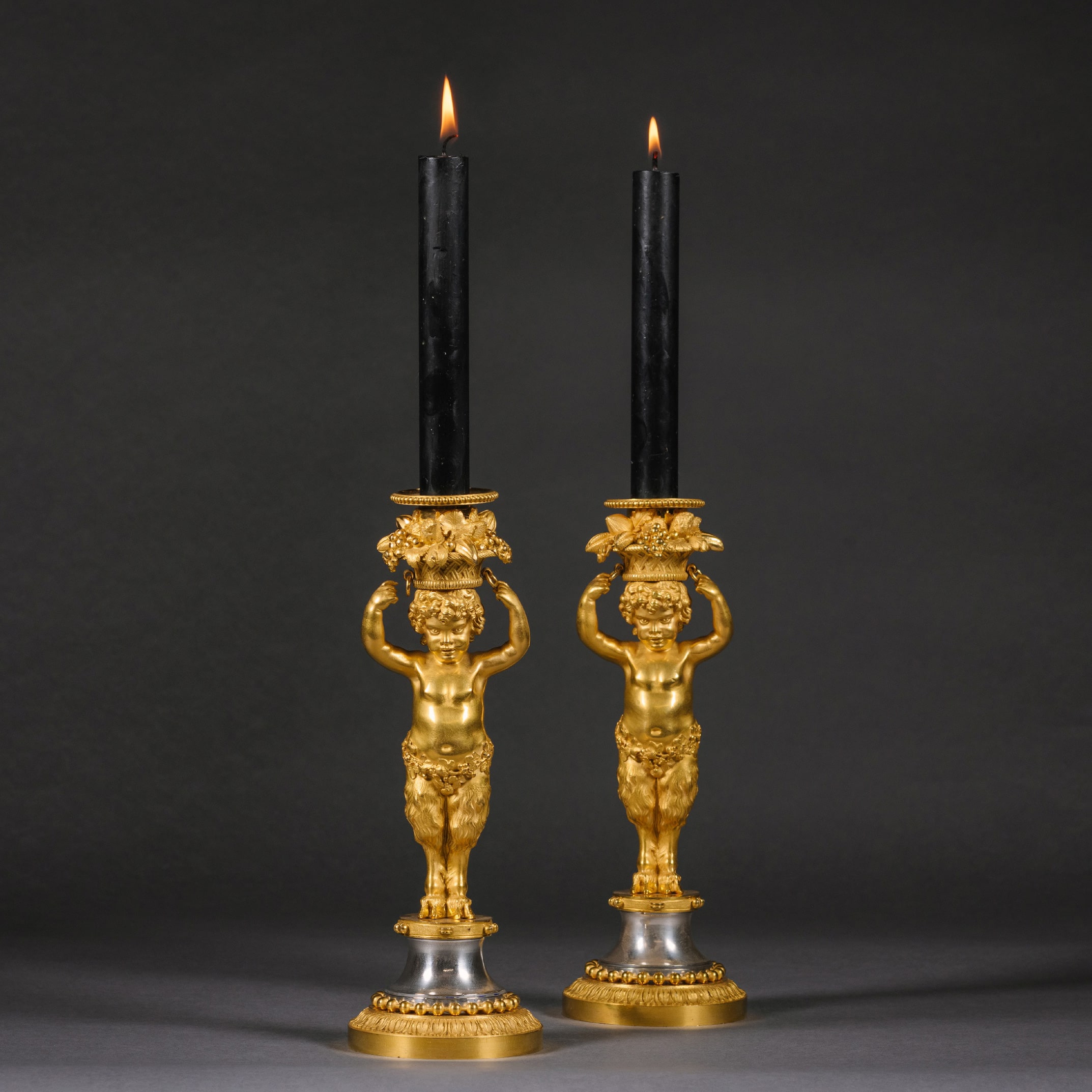
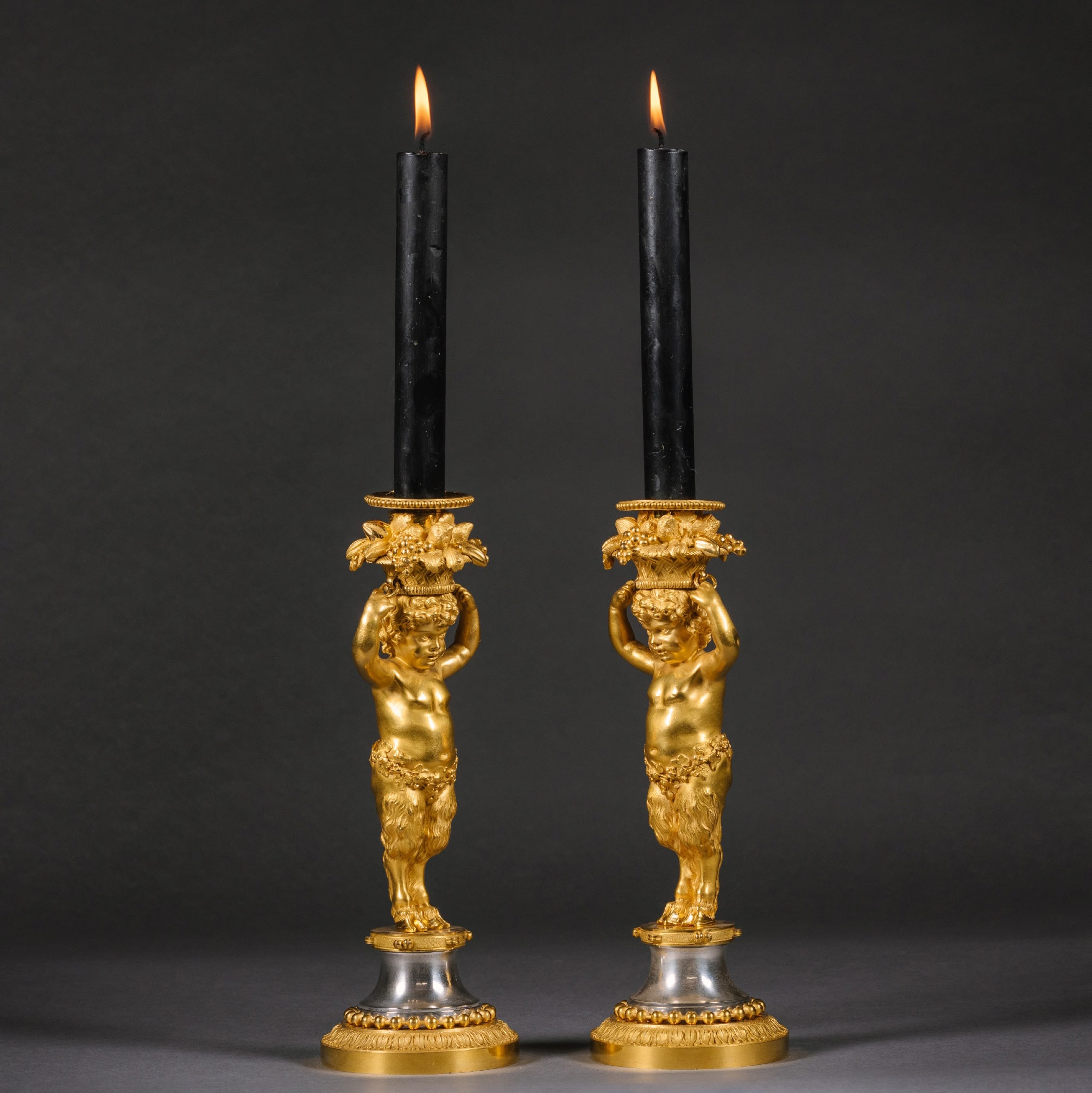

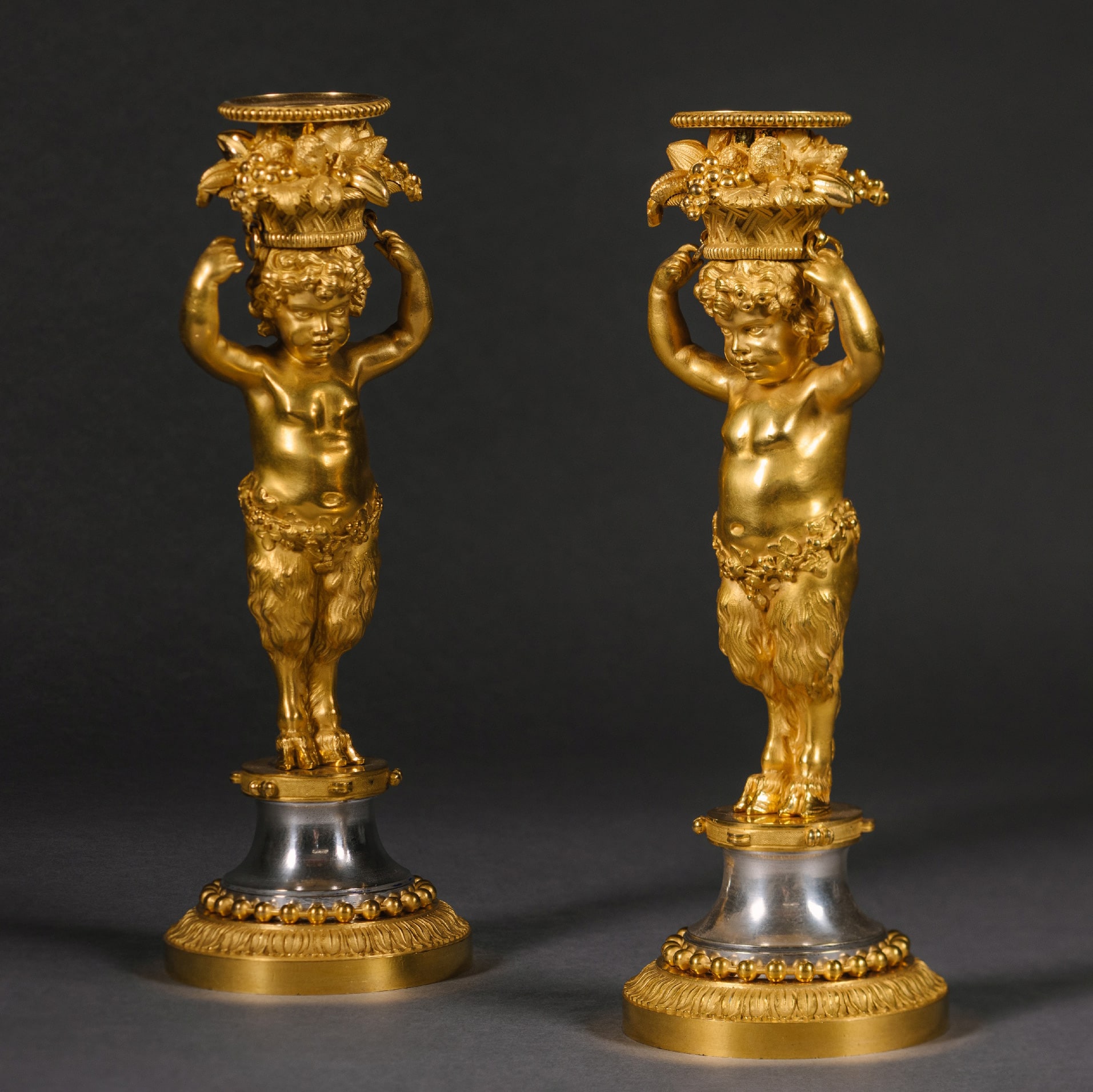
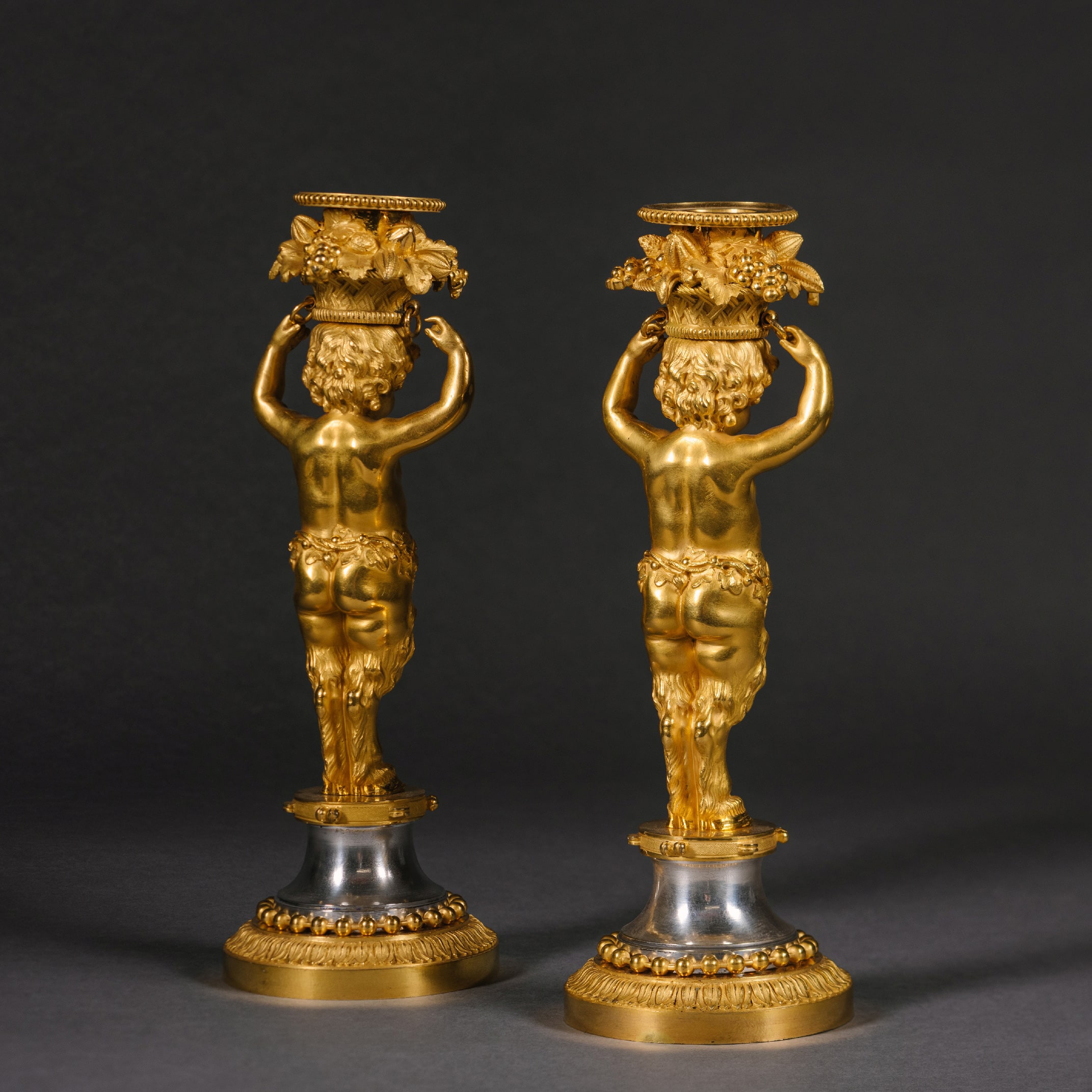
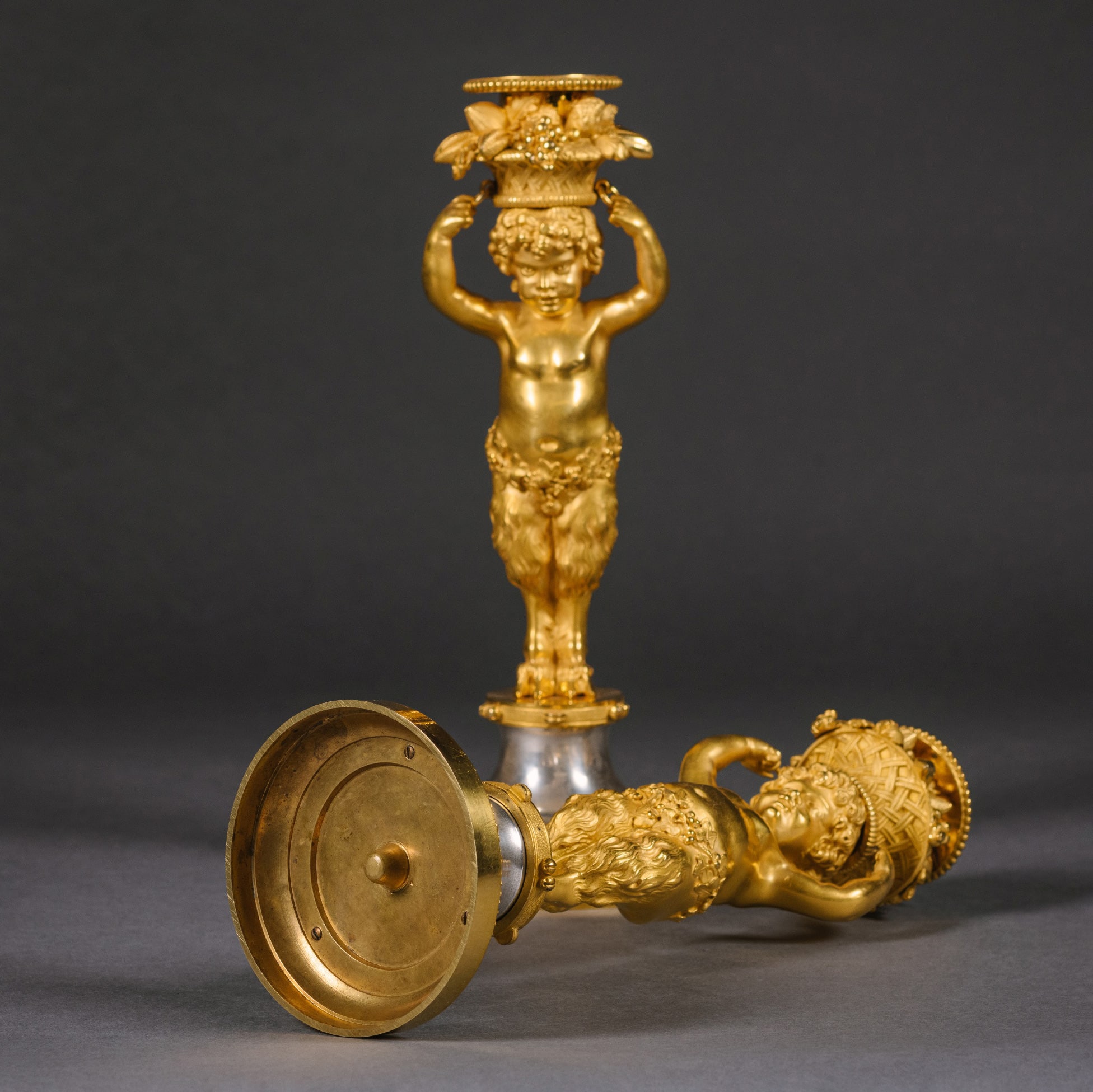
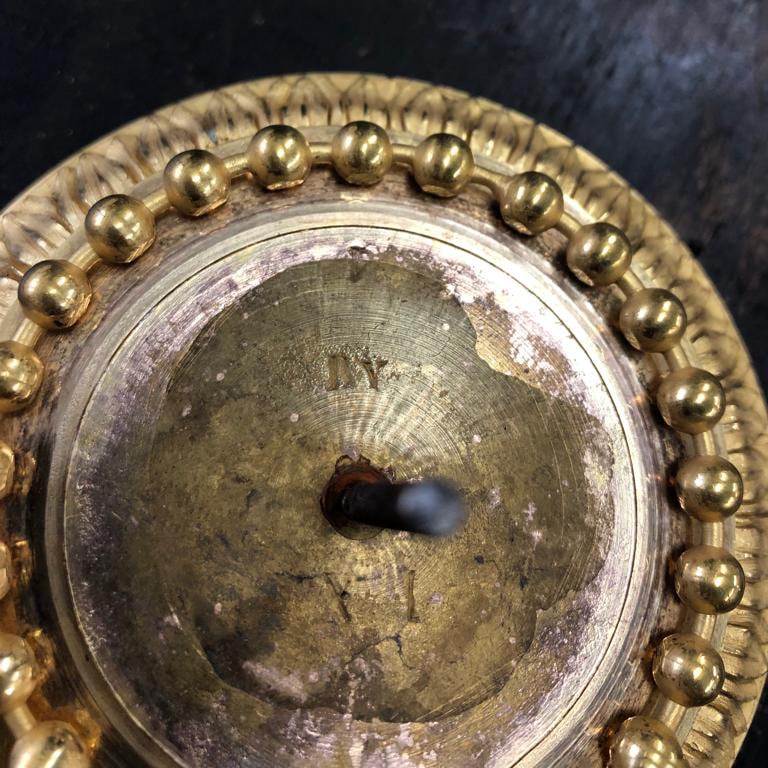
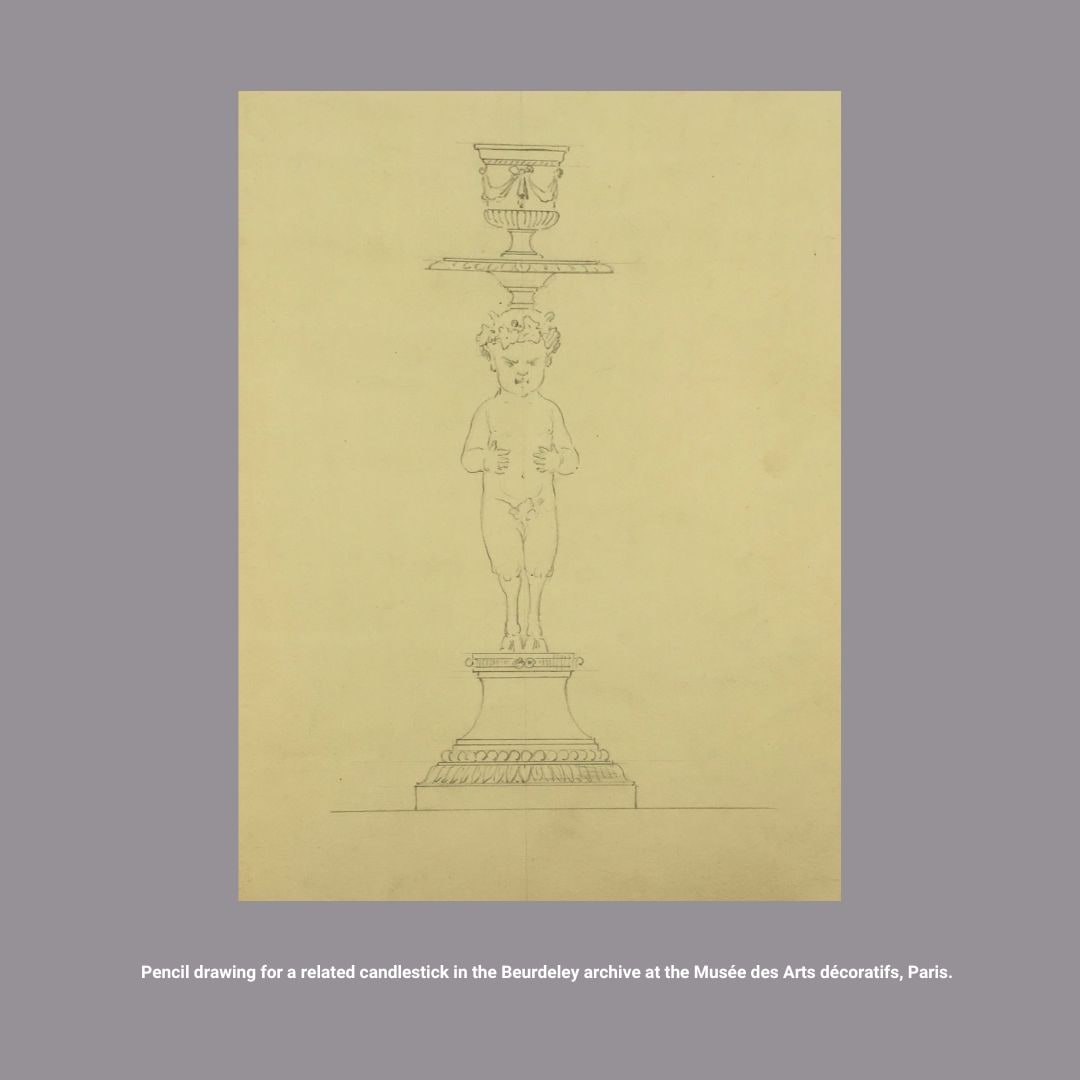

 Print
Print